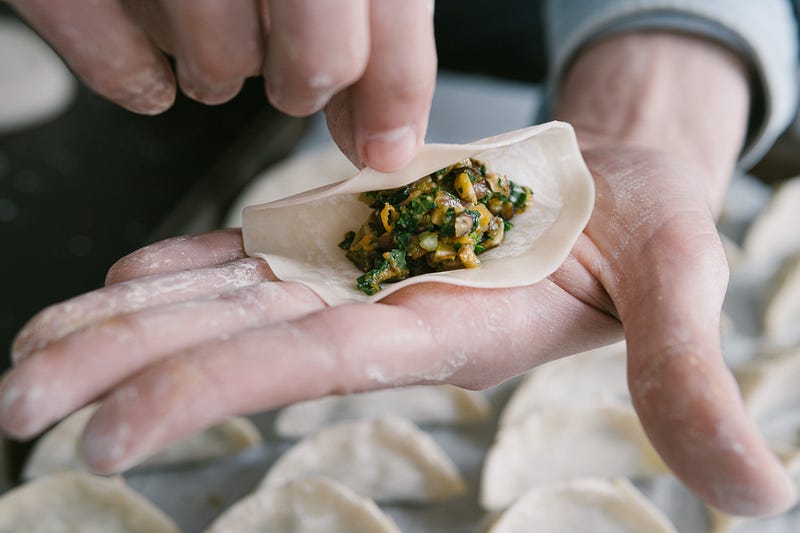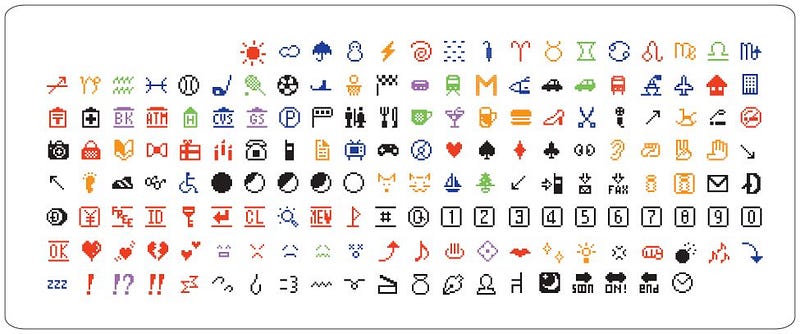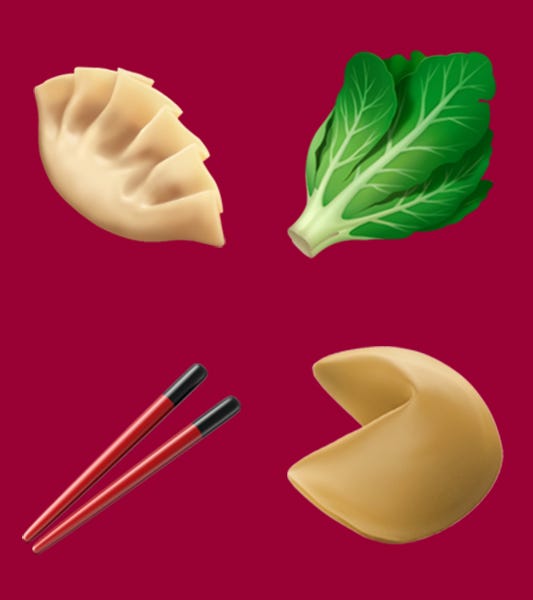The Dumpling Emoji Journey: Bridging Cultures Through Design
Written on
Chapter 1: The Cultural Significance of Dumplings
The term "dumpling" encompasses a wide range of dishes made from cooked dough, often filled with various ingredients. While Wikipedia offers a straightforward definition, it doesn't quite capture the essence of this beloved food. Almost every culture has its unique version of dumplings, proving they are not exclusive to the East.
For instance, I have fond memories of enjoying Nepali momos, savoring Argentinian empanadas with a chilled beer, and listening to a Polish designer recount tales of his grandmother’s pierogi. There’s even the Turkish manti, and the debate around whether Italian ravioli qualifies as a dumpling is a fascinating one, especially considering the historical question of Marco Polo's influence on noodle dishes. The Viennese Knödel challenges conventional definitions of dumplings further. If we include crispy, deep-fried variations like potstickers and samosas, we see how expansive the dumpling concept truly is.

The diversity of dumplings showcases their role as a cultural phenomenon, akin to primary shapes in visual arts. They symbolize a deeper connection to our purpose and meaning in life.
On August 8, 2015, two friends, motivated either by philosophical musings or simply hunger, Yiying Lu and Jennifer 8. Lee, were discussing plans for a Chinese dumpling meal in San Francisco. As noted by Harry McCracken, Lu sought to express her excitement through a dumpling emoji, only to find one didn’t exist. This sparked a creative endeavor for Lu, a graphic designer, who crafted a dumpling icon and sent it to Lee. This prompted Lee, a writer and activist, to ponder, “How could there be no dumpling emoji?”
The quest for a dumpling emoji led them to the Unicode Consortium, the governing body that regulates emojis. The journey to include a dumpling emoji would prove to be more complex than they anticipated.
Section 1.1: The Evolution of Coding Systems
Even before the advent of screens, programmers devised methods to manipulate character-based symbolic information. Early systems, including Braille and maritime signal flags, laid the groundwork for modern coding languages. For instance, Morse code, developed in the 1840s, utilized a series of signals to convey information.
The evolution of these coding systems led to the creation of the American Standard Code for Information Interchange (ASCII), which eventually gave way to Unicode. Unicode's strength lies in its ability to accommodate an expansive range of characters, far surpassing the limitations of ASCII.
Subsection 1.1.1: The Birth of Emojis
The term emoji derives from the Japanese words for "picture" (e) and "character" (ji). In 1999, NTT DOCOMO introduced one of the first emoji sets, developed by artist Shigetaka Kurita. His work drew inspiration from manga and decorative symbols, resulting in a pioneering 176 emoji collection.

Lee's research revealed that the Unicode Consortium oversees the standards for text representation across writing systems. In 2010, Unicode began addressing the need for emoji compatibility between devices. Without this standardization, emojis sent from one device often appeared as garbled text on another.
The Unicode Technical Committee (UTC) approves new emojis based on criteria such as expected usage and distinctiveness. Rather than spending thousands on institutional membership, Lee opted for a $75 individual membership, gaining access to meetings and discussions.
Chapter 2: The Campaign for the Dumpling Emoji
Motivated by her passion, Lee launched a Kickstarter campaign for the "Dumpling Emoji Project," raising over $12,000 and garnering support from chefs and celebrities. She prepared a comprehensive proposal, which she presented to the Unicode committee.
This video, "How I Create 🥟 Dumpling Emoji - YouTube," showcases the creative process behind the dumpling emoji and the passion that fueled its development.
Eventually, the dumpling emoji was officially approved, and Lu was tasked with designing additional emojis, including a takeout box, chopsticks, and a fortune cookie.
The video "Designing the Dumpling Emoji | Yiying Lu - YouTube" delves into Lu's design process and the cultural impact of the dumpling emoji.

Lee utilized the funds from her campaign to secure membership for her initiative, Emojination, allowing the public to propose new emojis. Since their success, Emojination has played a vital role in promoting diverse emojis, such as those representing interracial couples.
According to World Standards, a significant portion of the global population utilizes various writing systems. If emoji representation were limited to just the Latin alphabet, it would exclude a vast majority of people worldwide.
This initiative transcended the simple desire for a dumpling emoji; it was about ensuring representation and accessibility in digital communication. The importance of inclusivity in technology cannot be overstated, as it empowers individuals from diverse backgrounds to express themselves.
In conclusion, as we embrace the evolution of communication, let us celebrate the new "Morsel Code" that emojis have introduced. Now, if you’ll excuse me, I have a dumpling order to collect.